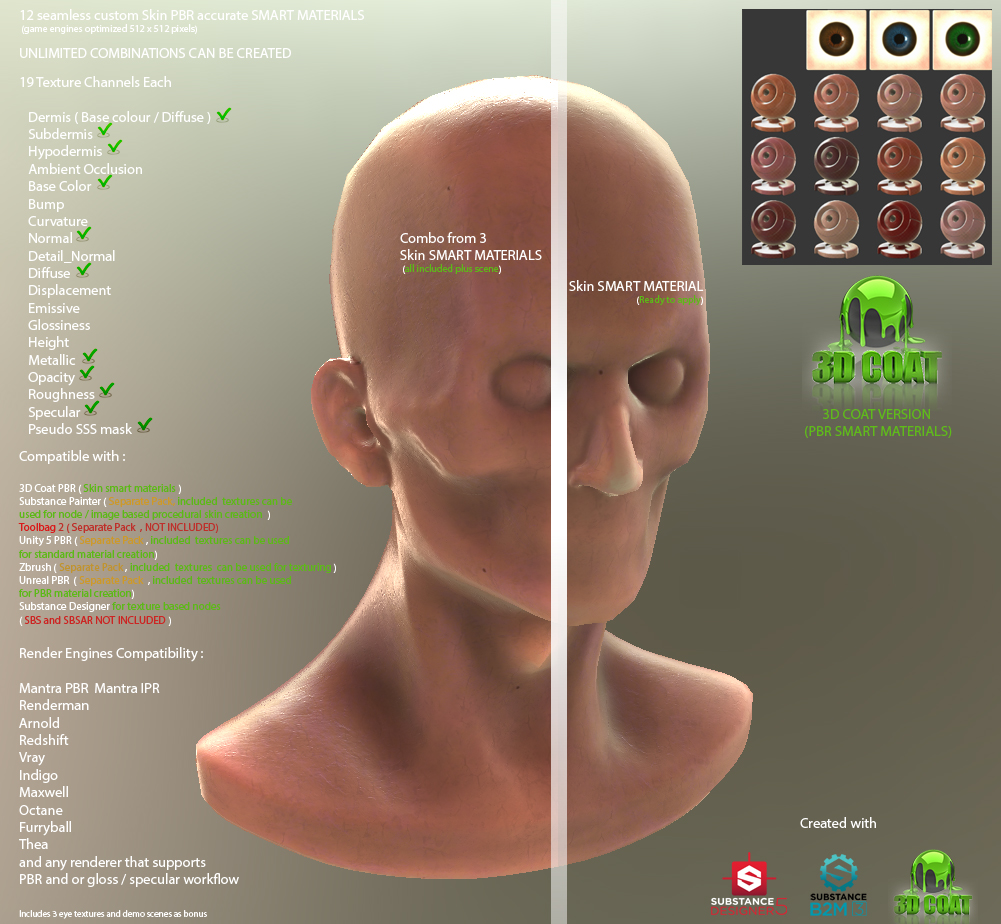Desrosagile Desrosagile Issues 101
In this paper, we discuss agile software process improvement in P company with their description of process management in current level and analysis of problems, design the P Company success factors model in organizational culture, systems, products, customers, markets, leadership, technology and other key dimensions, which is verified through questionnaire in P company.
'The.NET ecosystem is affected by a similar flaw that has wreaked havoc among Java apps and developers in 2016,' reports BleepingComputer. An anonymous reader writes: The issue at hand is in, but also how developers handle deserialization operations when working with libraries that offer optional secure systems to prevent deserialized data from accessing and running certain methods automatically. The issue is similar to a flaw known as Mad Gadget (or Java Apocalypse) that came to light in 2015 and 2016. The flaw rocked the Java ecosystem in 2016, as it affected the Java Commons Collection and, and was even used to.
Organizations such as,,,,,,,,,, and, all issued security patches to fix their products. The Java deserialization flaw was so dangerous that in their free time to repair open-source Java libraries and limit the flaw's reach, patching over 2,600 projects. Now a similar issue was discovered in.NET. This research has been presented at the Black Hat and DEF CON security conferences. [of this PDF], researchers included reviews for all the.NET and Java apps they analyzed, pointing out which ones are safe and how developers should use them to avoid deserialization attacks when working with JSON data. JSON or YAML are probably both fine.
XML is simply wasteful and unnecessary. Personally I think we should be using something like s-expressions (lisp-like). People hate them because of the parens but every other encoding has as many negative points in different ways.
The advantage is that the syntax is far simpler to understand and parse leading to safer software. Some might say that having an 'executable' format is bad but I'd point to bugs like this as being proof that even 'text' formats are just executables in disguise.
The Lisp creed is 'data is code' and I've come to agree. The problem is exchanging tabular and hierarchical data structures, containing arbitrary values. So for instance the simplest of such structures is a table of id, state, name, description. The description field can of course contain arbitrary characters including quotes, commas and newlines. Sometimes there's metadata for the table.
For instance think of the results of a mysql query: You want a table of the results, but there's also a list of the datatypes of each column, plus the time it took to answer the q. I agree that XML is usually insanely overkill for most purposes.

Desrosagile Desrosagile Issues 10th Edition
Still, there are worse choices than insanely overkill, CORBA comes to mind, or EDI, both of which suck hugely for different reasons. If I never have to see either one again it will be too soon. The real point for a heterogeneous environment is that you need to look at the basic units you have in common across all players, and then design with those limitations in mind. One of the first and major stumbling blocks for most is that the data representation may vary across the components, and some may have a concept radically different that even the minimum require. Go look at the ascii table.
You have 4 control characters that are used expressly for schemes to transmitting data that can be composed of fields of variable length (FS - 0x1c - the File Separator, GS - 0x0d - the group separator, RS -0x1e the record separator, and US - 0x1f - the unit separator. You can construct tables constructed of variable or fixed length units ended with US (today we'd all them fields). Each row of fields would be ended with an RS - the record separator.
A table or collection of row. First of all, all those meanings of those ASCII symbols are long obsolete and forgotten.
Just because there's a character called 'file separator' doesn't mean anybody uses it for any purpose, except perhaps some fossilized piece of software for dealing with tape drives from the 60s. Second, such an approach would suffer from various problems. For instance you obviously can't use such characters without escape sequences, which means you can't just stick a file in between file separator characters, you've got. I will agree the XML is highly over prescribed. It is however useful in situations that do require heterogeneous systems to exchange complex and potentially changing data structures where changes cannot be 100% coordinated. That said XML is often hobbled for security reasons such that applications don't actually process DTDs etc.

 0 kommentar(er)
0 kommentar(er)
